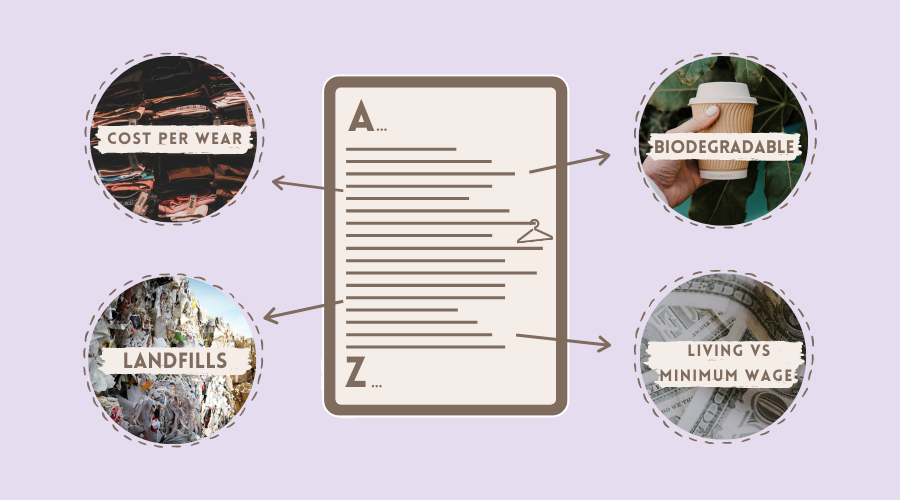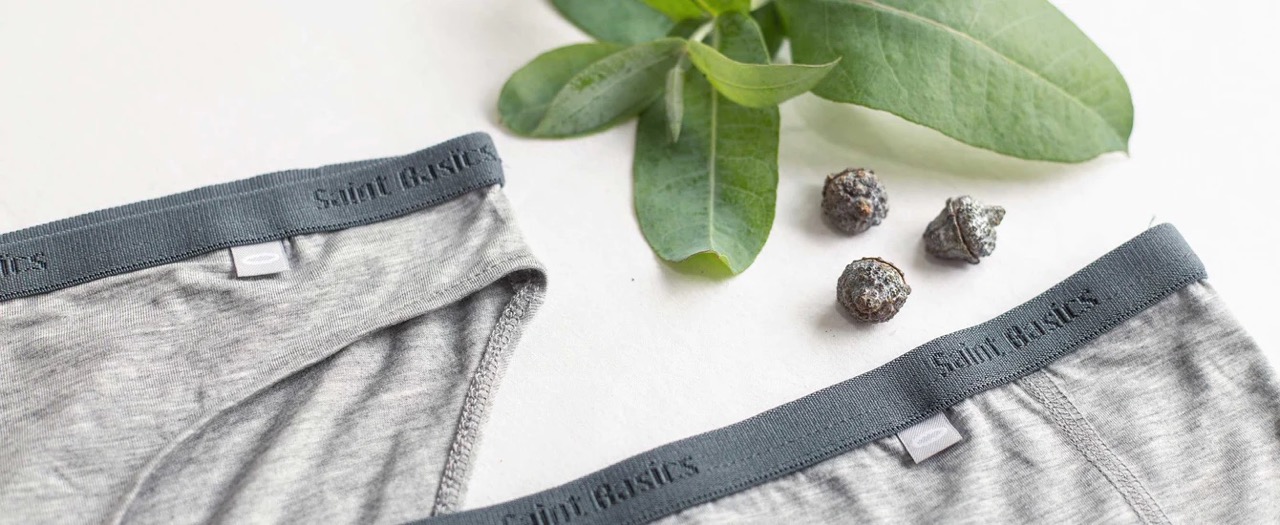 Vegan, fair & sustainable shopping in The United Kingdom 4.8
Vegan, fair & sustainable shopping in The United Kingdom 4.8 



 Check out reviews
Check out reviewsYour 7 questions about Xinjiang cotton and the Uyghurs answered
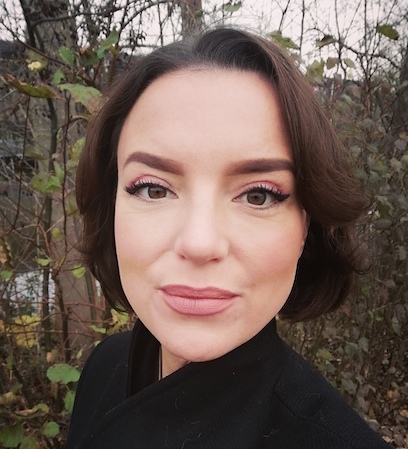 Anna
Anna
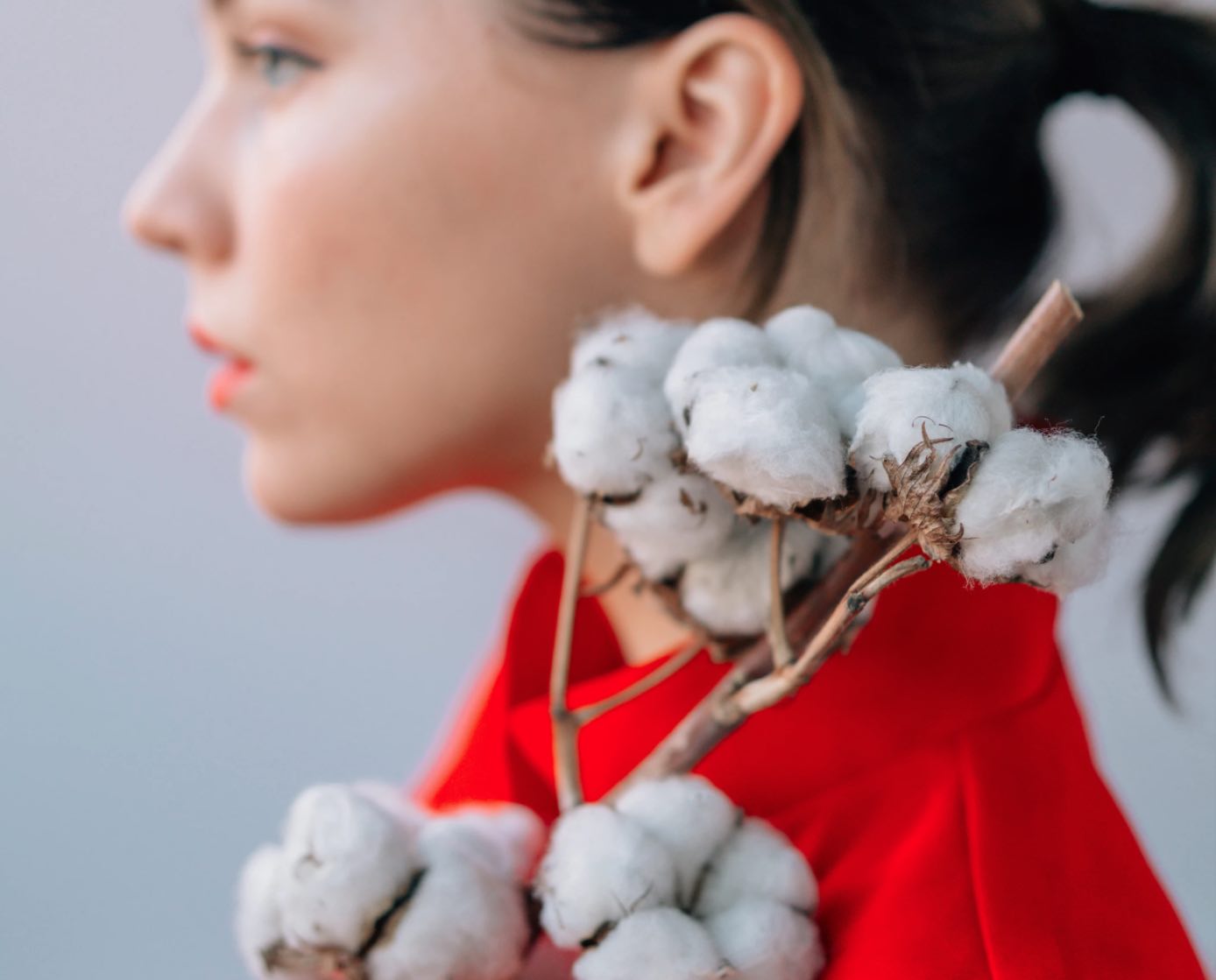
The Chinese government is committing crimes against humanity against Uyghurs, Human Rights Watch said in a report1 released today. What that has to do with your skinny jeans and hip T-shirt? More than you think.
According to the international human rights organisation Human Rights Watch, the Chinese leadership is responsible for mass detention, torture, and cultural persecution, among other offences. I spoke to three experts who explained what is exactly going on. And they had some good news as well: there is something we as consumers can do against this horrible exploitation.
Sophie Richardson, China director at Human Rights Watch: “Consumers could put pressure: where do we buy, how do we shop – and do we do it ethically?”
In this article:
- Xinjiang produces one fifth of the world’s cotton
- Uyghurs are severely discriminated against in China
- What are the conditions under which the Uyghurs are forced to work?
- How have international clothing brands responded to the revelations?
- How did clothing brands get away with this all this time?
- Is there cotton from Xinjiang in my closet?
- What can you as an ethical consumer do? Buy organic and be critical
1. What is Xinjiang?
Xinjiang is an autonomous region in northwestern China. It’s home to about twenty million people. It has some degree of self-government, but in practice, the Beijing authorities are in control. There are several ethnic minorities living in Xinjiang, such as Uyghurs.
The Uyghurs were in the majority in Xinjiang, but the Chinese government is relocating more and more Han Chinese to the region. Xinjiang is of great importance to the clothing industry:
As much as 80 percent of China's cotton is being grown here. That’s a fifth of all the cotton in the world.
2. How are Uyghurs treated in China?
Uyghurs are mainly Muslims and they speak a language related to Turkish. They are disadvantaged compared to the Han Chinese, the largest ethnic group in China. For example, they are no longer allowed to speak their own language and Uyghurs who work for the government are not allowed to travel abroad.
Anouk Eigenraam, China-correspondent for the Dutch newspaper Het Financieele Dagblad: “Since the late 1980s, the Uyghurs have opposed these measures. Sometimes through peaceful protest, sometimes through violent attacks. But every form of revolt is being severely crushed by the Chinese government.”
As of 2018, word got out that Uyghurs are being placed in ‘re-education camps’, where they are taught the Chinese language and culture and the principles of the Communist Party. It is a tough regime, with little food, drink, and sleep.
According to witnesses, the detainees are only allowed to shower once a month, they receive forced injections with unknown substance and Uyghur women are subjected to rape. The occupants are released after a few months or years.
3. What are the conditions under which the Uyghurs work in the cotton industry?
There is a strong suspicion that more than half a million Uyghurs are forced to work in the cotton fields and factories. That has been confirmed by various media and now also by Human Rights Watch.
“Journalists are not allowed to go there, so we do not know exactly what it looks like. What we do know is that the forced labourers stay in camps or factory facilities and are not allowed to go home.”
The Uyghurs would also be closely observed and receive 'ideological training'. The Chinese government denies allocations of coercion.
The article continues below this image.
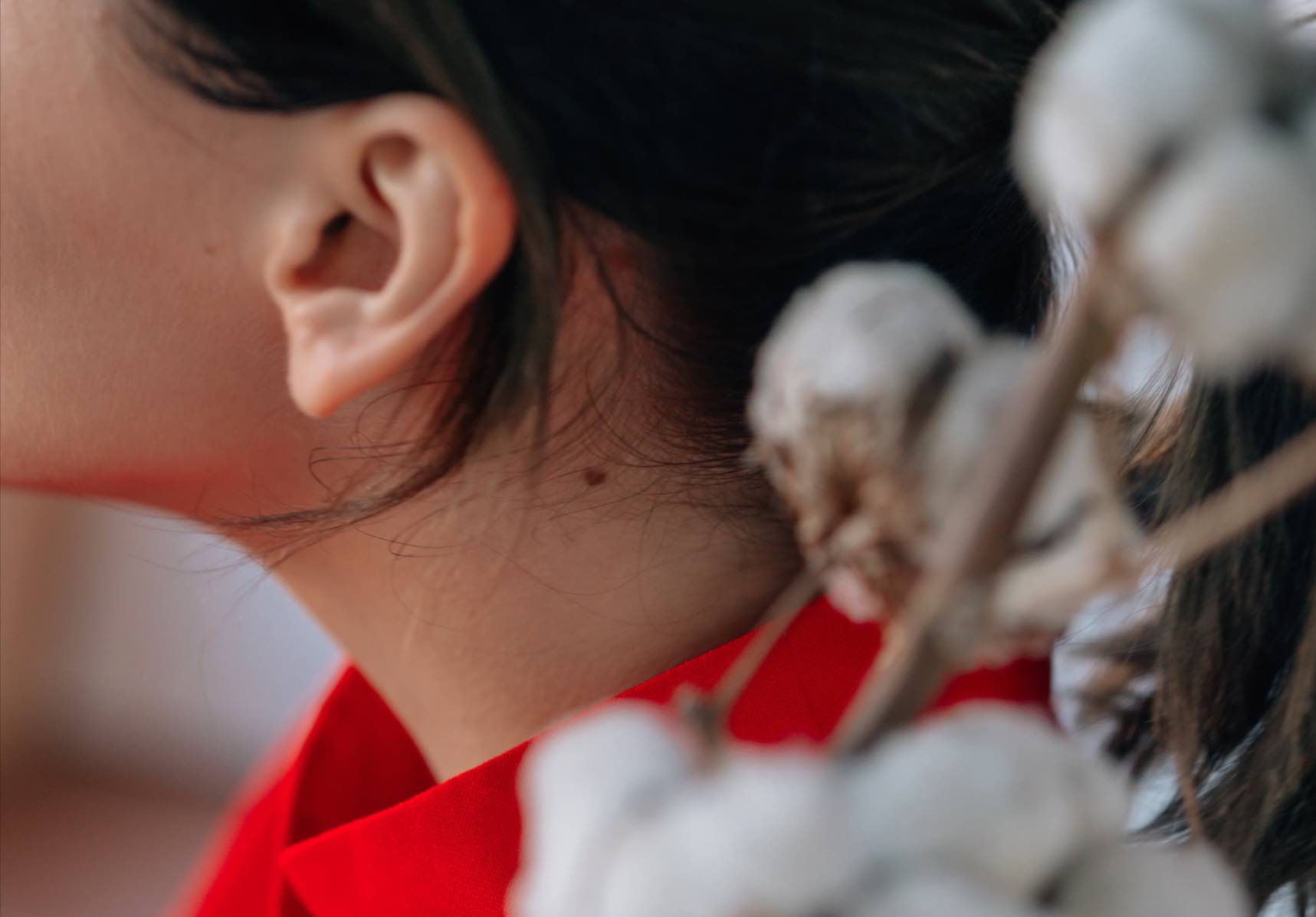
4. How have international clothing brands responded to these revelations?
According to the Uyghur Human Rights Project, clothing brands had long been receiving indications that the cotton from Xinjiang was at least produced under very dubious conditions.2 Still, they continued to buy cotton from the region.
It was only when a coalition of international organisations publicly held the brands to account, in the summer of 2020, that some of them took action. H&M, Adidas and Nike, among others, have pledged to no longer purchase cotton from Xinjiang. These brands, in turn, are now boycotted by Chinese consumers, celebrities and influencers.3
Other brands remain vague. For example, one brand had posted a statement that it found the reports “very worrying”, but that was removed from the website later on. And another clothing brand even spoke positively about the cooperation with Xinjiang. Not every brand is brave enough to incur the anger of the gigantic Chinese sales market...
5. How did the clothing brands get away with this all this time?
First of all, the brands have been able to hide behind ignorance for a long time. The production chain is so complex and opaque, it appears to be not so easy to know exactly where your cotton comes from. And that’s what these companies used as an excuse for a long time.
José Koopman, production expert in the field of sustainability and textiles: “It is a lot of work to find out, but not impossible. The buyers of large companies have a lot of power. After all, many manufacturers want to work with these large companies, so they can make demands.
But they don't. They only want the cheapest supplier and walk away when it gets a few cents more expensive. Then you don't build relationships you can reliably do business with.”
Moreover, not only are journalists and human rights organisations unwelcome to have a look at the cotton production, buyers of major brands are not allowed to go there either. This is how you can bury your head in the sand for quite a long time.
6. So there is a good chance that there are clothes in my closet made by forced labourers in Xinjiang?
Yes. One in five globally sold garments is (partly) made with cotton from this region, so there is a good chance indeed.
7. What can I, as a consumer, do to fight these injustices?
As a consumer, you do not know whether the cotton for your T-shirt comes from Xinjiang. So choose sustainable materials instead, such as GOTS organic cotton, says production expert Koopman.
“Organic cotton is always traceable, because it is certified. Then you know for sure that your garment has not only been made in a more sustainable way, but also that no forced labour was being used to make it. No organic cotton is produced in Xinjiang.”
“If we as consumers do not look critically at what we buy, it’s actually game over. It is our turn. We must create the demand for organic cotton that is being produced under fair working conditions. That's the way the economy works.”
Sophie Richardson, China director at Human Rights Watch: “There is a lot that consumers can do. Make sure you know where the cotton is from, and what the working conditions are. If you don’t find adequate answers, spend your dollars somewhere else.”
So, for example, buy the organic cotton collections at Shop Like You Give a Damn. They are not only vegan and more environmentally friendly, but also produced under better conditions. Check out the organic cotton options for women and for men here, but also give other items made from sustainable materials, such as Tencel/lyocell, hemp, bamboo, organic linen or recycled materials, a try!
You might be also interested in:
Sources
1. 'China’s Crimes against Humanity Targeting Uyghurs and Other Turkic Muslims.' Human Rights Watch. 2021.
2. 'Coalition Brings Pressure to End Forced Uighur Labor.' E, Paton; A, Ramzy. 2020
3. 'At least 11 US and European brands are under fire and facing boycotts in China for criticizing alleged forced labor cotton practices in Xinjiang.' M, Meisenzahl. 2021
.jpg)
 T-Shirts & Tops
T-Shirts & Tops  Shirts & blouses
Shirts & blouses 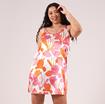 Dresses
Dresses  Skirts
Skirts 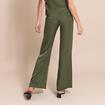 Pants
Pants  Jeans
Jeans  Knitted sweaters & cardigans
Knitted sweaters & cardigans  Hoodies & sweatshirts
Hoodies & sweatshirts 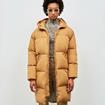 Coats & jackets
Coats & jackets  Suits & co-ord sets
Suits & co-ord sets  Lingerie & underwear
Lingerie & underwear 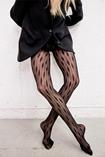 Legwear
Legwear  Lounge & nightwear
Lounge & nightwear  Sportswear
Sportswear  Jumpsuits & dungarees
Jumpsuits & dungarees 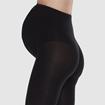 Maternity Clothing
Maternity Clothing 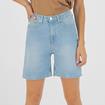 Shorts
Shorts .jpg) Swimwear
Swimwear 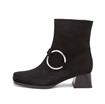
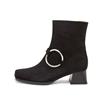 Boots
Boots  Sneakers
Sneakers 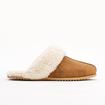 Slippers
Slippers 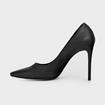 Heels
Heels 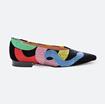 Loafers & flats
Loafers & flats 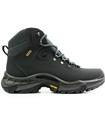 Hiking & sports shoes
Hiking & sports shoes 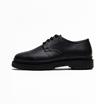 Lace-up shoes
Lace-up shoes 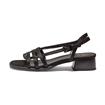 Sandals
Sandals  Shoe care & accessories
Shoe care & accessories 
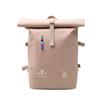 Backpacks
Backpacks 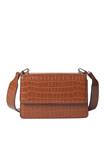 Crossbody bags
Crossbody bags 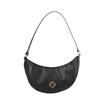 Handbags
Handbags  Shoulder bags
Shoulder bags 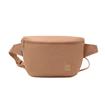 Bum & belt bags
Bum & belt bags 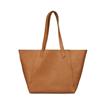 Shoppers & Totes
Shoppers & Totes 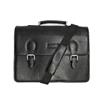 Laptop bags
Laptop bags 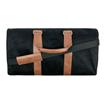 Travel bags & sports bags
Travel bags & sports bags  Clutches
Clutches  Toiletry Bags
Toiletry Bags 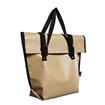 Cycle bags
Cycle bags 
.jpg) Hats
Hats  Scarves
Scarves 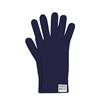 Gloves
Gloves 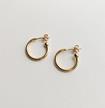 Jewelry
Jewelry 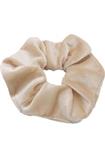 Hair accessories
Hair accessories 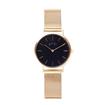 Watches
Watches  Belts
Belts 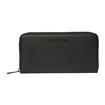 Wallets
Wallets  Sunglasses
Sunglasses 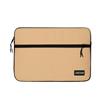 Laptop sleeves & phone cases
Laptop sleeves & phone cases  Key rings
Key rings 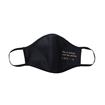 Face masks
Face masks 
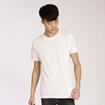 T-Shirts & Polo's
T-Shirts & Polo's  Shirts
Shirts 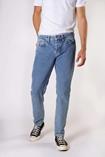 Jeans
Jeans 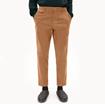 Pants
Pants  Coats & jackets
Coats & jackets  Knitted sweaters & cardigans
Knitted sweaters & cardigans 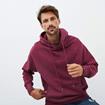 Hoodies & sweatshirts
Hoodies & sweatshirts 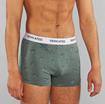 Underwear
Underwear  Socks
Socks  Sportswear
Sportswear 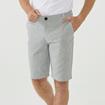 Shorts
Shorts 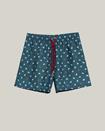 Swimwear
Swimwear  Lounge & nightwear
Lounge & nightwear  Sneakers
Sneakers 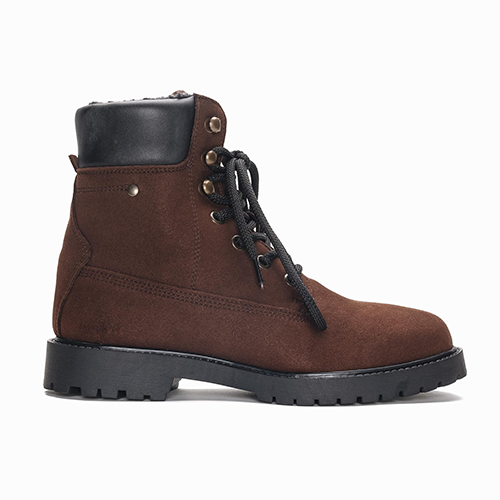 Boots
Boots 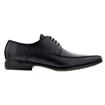 Dress shoes
Dress shoes 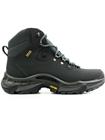 Hiking & Sports Shoes
Hiking & Sports Shoes  Slippers
Slippers  Loafers & mocassins
Loafers & mocassins 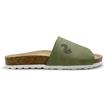 Flip flops & sandals
Flip flops & sandals 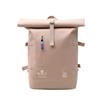
 Backpacks
Backpacks 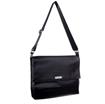 Shoulder bags
Shoulder bags 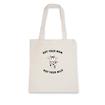 Cotton bags
Cotton bags 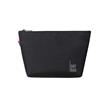 Toiletry bags
Toiletry bags 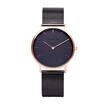
.jpg) Hats & beanies
Hats & beanies 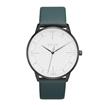 Watches
Watches  Belts
Belts  Wallets
Wallets  Ties & bow ties
Ties & bow ties  Sunglasses
Sunglasses 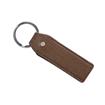 Key rings
Key rings 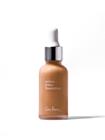
 Bronzer
Bronzer  Concealer
Concealer  Powder
Powder  Blush
Blush  Highlighter
Highlighter 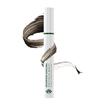
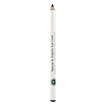 Eyeliner & eye pencil
Eyeliner & eye pencil 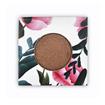 Eyeshadow
Eyeshadow 

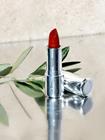 Lipstick
Lipstick 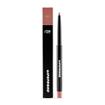 Lip liner
Lip liner 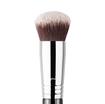

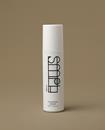 Face cleanser
Face cleanser 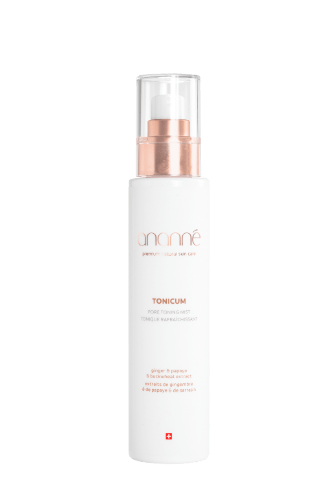 Toner
Toner 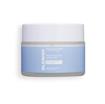 Exfoliants
Exfoliants  Serum
Serum 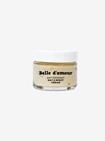 Moisturiser
Moisturiser 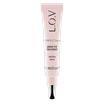 Eye cream
Eye cream  Face masks
Face masks 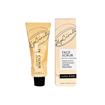 Face scrub
Face scrub  Lip balm
Lip balm 
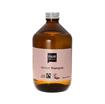 Shampoo
Shampoo  Conditioner
Conditioner 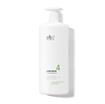 Hair care
Hair care 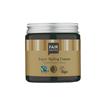 Hair styling
Hair styling 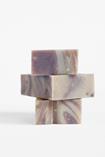
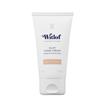 Hands & feet
Hands & feet 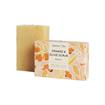 Shower
Shower  Body lotions, butters & oils
Body lotions, butters & oils 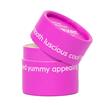 Deodorant
Deodorant  Oral care
Oral care 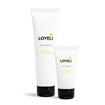


.jpg) Candles & fragrance sticks
Candles & fragrance sticks .jpg) Vases & planters
Vases & planters  Lighting
Lighting .jpg) Cushions
Cushions  Other home decor
Other home decor .jpg) Furniture
Furniture 
 Tableware
Tableware .jpg) Kitchen tools
Kitchen tools .jpg) Storage jars
Storage jars 
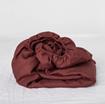 Bed sheets
Bed sheets  Duvet covers
Duvet covers 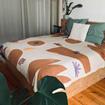 Throws & blankets
Throws & blankets 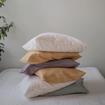 Pillow covers
Pillow covers 
 Cleaning
Cleaning 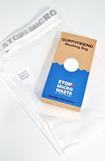 Laundry bags
Laundry bags .jpg)
.jpg)
.jpg) (Reusable) Notebooks
(Reusable) Notebooks 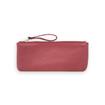 Pencil cases
Pencil cases .jpg)

 Clothing
Clothing 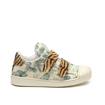 Shoes
Shoes  Bags
Bags 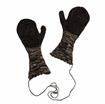 Accessories
Accessories  Toys
Toys 
 Clothing
Clothing  Accessories
Accessories 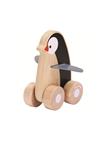 Toys
Toys 
